How To Install Smart Light Bulbs In Your Home?
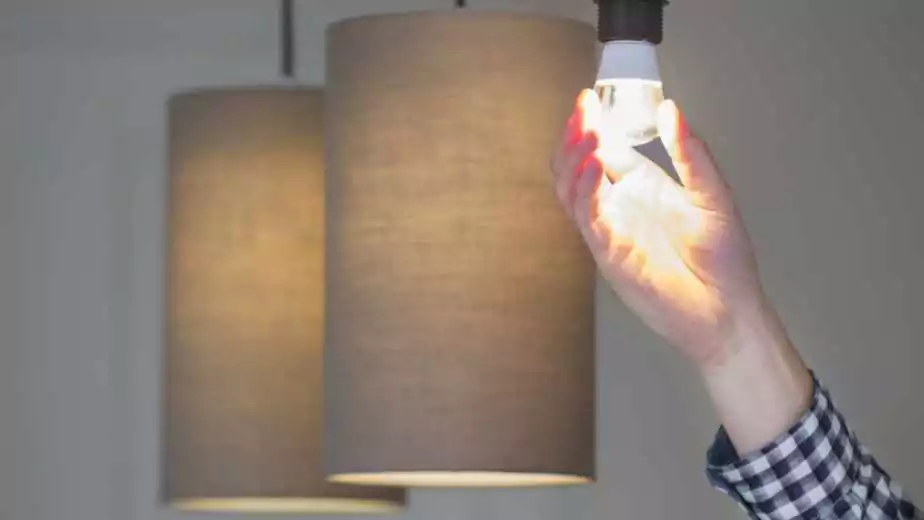
Within the ever-evolving world of smart homes and cool gadgets, smart bulbs are a real game changer. They do a lot more than just light up your room; they make life easier and more fun. Imagine being able to change the color of your lights for a party or dim them from your phone to set the mood for movie night. That’s what smart bulbs can do. Plus, they’re super easy to fit into your existing lamp sockets, so you don’t need to be a tech whiz to get them working.
These bulbs are not just about the cool factor; they also help save on electricity bills because they use less power. Whether you want to keep your home lit up while you’re away, or you just don’t like getting up to switch off the light, these bulbs have got you covered.
Getting these smart bulbs set up in your home is pretty straightforward. In this guide, we will learn how to install smart light bulbs easily in your home. You’ll see how simple changes can make a big difference in how your home looks and feels. It’s all about making your place more comfortable, stylish, and smart, without needing to put in a lot of work or money.
1 List of tools and materials needed
Before you embark on the journey of installing smart light bulbs in your home, it’s important to prepare and ensure you have everything you need for a smooth and safe installation process. Here’s what to consider:
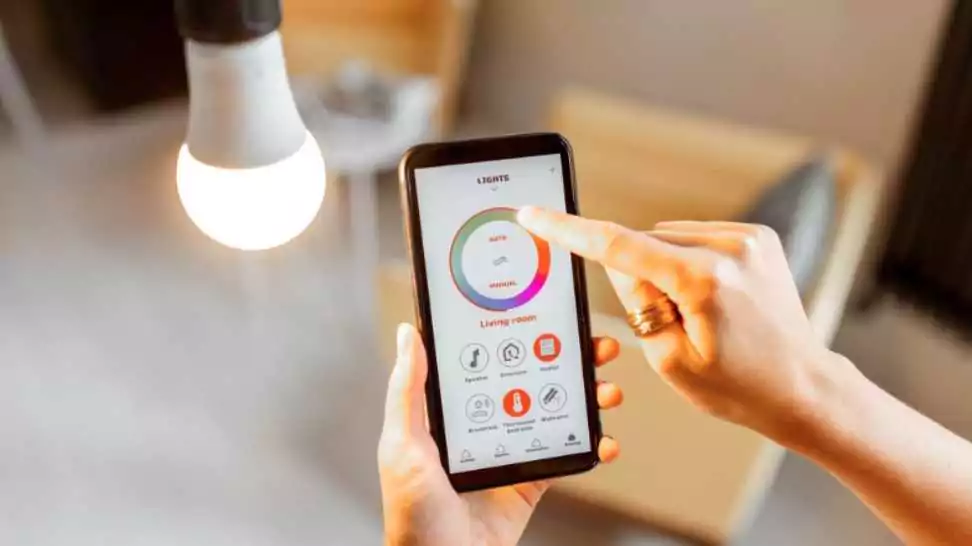
Tools and Materials
- Smart Light Bulbs: Obviously, the essential item you’ll need. No additional tools or materials are generally required for the installation of smart bulbs, as they are designed to fit into your existing light fixtures.
- Mobile Device: You’ll need a smartphone or tablet to download the smart bulb’s app for setup and control.
- Wi-Fi Connection: Ensure your home Wi-Fi network is operational, as smart bulbs require an internet connection for setup and remote functionality.
Compatibility Check
- Wi-Fi and Mobile Device Compatibility: Before purchasing smart bulbs, verify that they are compatible with your home’s Wi-Fi frequency (most commonly, 2.4 GHz networks) and the operating system of your mobile device (iOS or Android). This ensures you can connect and control your smart bulbs without any issues.
- Smart Home Ecosystem Compatibility: If you’re using a smart home hub or intend to integrate your smart bulbs with other smart devices (like voice assistants), check for compatibility. Most smart bulbs work seamlessly with popular ecosystems like Amazon Alexa, Google Assistant, and Apple Home Kit.
Safety Note
Turning Off Power: Safety should always be your top priority. Before you start the installation process, it’s crucial to turn off the power at the breaker to the light fixture you are planning to install the smart bulb in. This precaution prevents any electrical hazards and ensures a safe installation environment.
2 Step-by-Step Installation Guide for Smart Light Bulbs
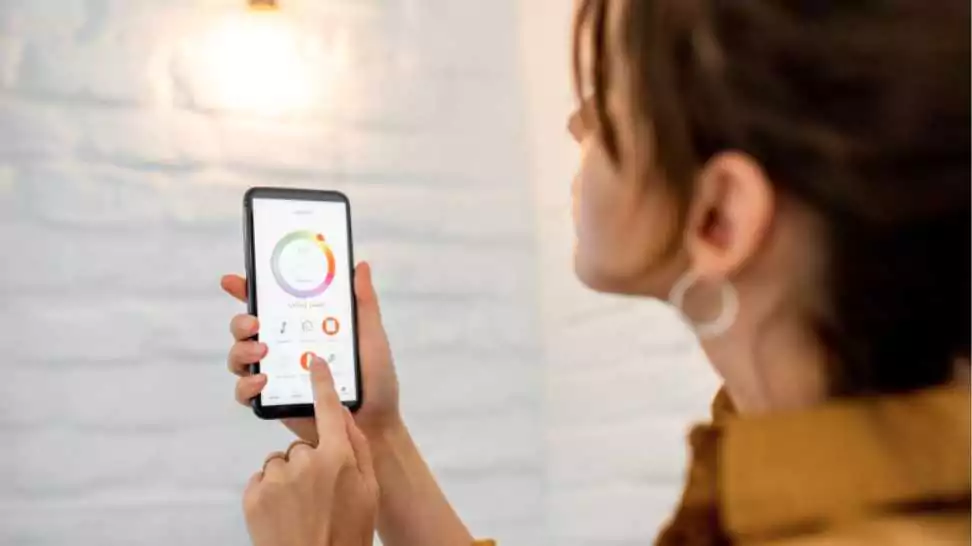
Installing smart light bulbs is a simple and rewarding process that transforms your home’s ambiance and energy efficiency. Follow this comprehensive guide to ensure a smooth installation and setup.
Choosing the Right Bulb
- Lumens vs. Watts: Traditional bulbs use watts to measure energy usage, while lumens measure brightness. When choosing smart bulbs, focus on lumens for the desired brightness level. A good rule of thumb is that 800 lumens are roughly equivalent to the brightness of a traditional 60W bulb.
- Color Temperature: This refers to the light’s color appearance, measured in Kelvin (K). Lower Kelvin numbers mean warmer, yellowish light, while higher numbers produce cooler, bluish light. Choose according to the ambiance you want to create.
Types of Smart Bulbs:
- LED: Energy-efficient and long-lasting, LED smart bulbs are the most common type.
- Color-Changing: These bulbs offer a range of colors, perfect for mood lighting or parties.
- Bulbs with Built-in Speakers: Some smart bulbs come with integrated speakers, allowing for music playback alongside lighting control.
Preparation
- Turning Off Power: Ensure safety by turning off the power at the breaker to the light fixture you’re working on.
- Unpacking the Bulb: Carefully remove the smart bulb from its packaging, handling it by its base rather than the glass.
Installing the Bulb
- Screwing the Bulb into the Socket: Fit the bulb into the socket and screw it in gently until secure.
- Turning the Power Back On: Once the bulb is securely installed, turn the power back on at the breaker.
Connecting to Wi-Fi
- Wi-Fi Setup: If your bulb requires Wi-Fi, follow the manufacturer’s instructions for connecting it to your network. This usually involves using the bulb’s app on your mobile device.
- Troubleshooting Wi-Fi Issues: If you encounter connection problems, ensure your bulb is within range of your router, and check if your network is 2.4 GHz, as most smart bulbs are not compatible with 5 GHz networks.
Setting Up the App
- Downloading and Installing: Download the manufacturer’s app on your smartphone or tablet and install it.
- Account Creation: Open the app and sign up for a new account or log in if you already have one.
- Adding the Bulb: Follow the app’s instructions to add your new smart bulb to the app.
- Customizing Settings: Explore the app to customize settings like schedules, scenes, brightness, and color to suit your needs.
Integration with Smart Home Systems
- Connecting to Smart Home Ecosystems: Most smart bulbs can be integrated with popular smart home systems like Amazon Alexa, Google Assistant, and Apple Home Kit. Follow the app’s instructions for linking your bulb to these services.
- Voice Commands and Automations: Once connected, you can use voice commands to control your smart bulbs, such as “turn on the living room light” or set up automations like having lights turn on at sunset.
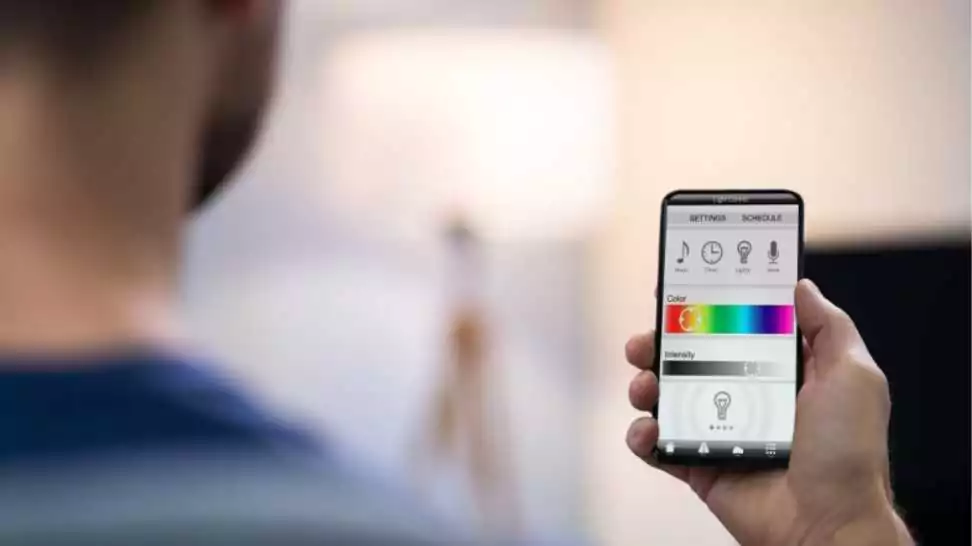
3 Tips for Effective Use of Smart Light Bulbs
Smart light bulbs not only offer convenience and energy efficiency but also open up a world of possibilities for enhancing the ambiance and functionality of your home. Here are some tips to maximize their potential
Suggestions for Placement and Grouping
- Strategic Placement: Consider the role of lighting in each room. For workspaces, opt for brighter, cooler light to enhance focus. In relaxation areas like bedrooms or living rooms, warmer tones can create a cozy atmosphere.
- Grouping Bulbs: Most smart bulb apps allow you to group bulbs by room or area. This is particularly useful for creating consistent lighting moods or for managing multiple lights simultaneously. For instance, you can turn off all living room lights with a single command.
Ideas for Creative Uses
- Wake-Up Routines: Use smart bulbs in your bedroom to simulate a sunrise effect by gradually increasing light intensity to wake you up naturally in the morning.
- Party Themes: Take advantage of color-changing bulbs to create themes for parties or events. For example, use cool blues for a summer party or warm oranges and reds for a cozy autumn gathering.
- Security: Schedule lights to turn on and off at specific times when you’re away from home to simulate occupancy, enhancing home security.
- Mood Lighting: Create custom scenes or moods in the app for activities such as reading, movie watching, or dining. You can easily switch between these settings based on your activity.
- Voice Control: Utilize voice commands through smart home assistants to control lighting hands-free, which is especially convenient when your hands are full or when entering a dark room.
- Artistic Display: Use smart bulbs to highlight artwork or architectural features in your home. Color-changing bulbs can accentuate the colors in a piece of art or add dramatic effect to architectural details.
- Health and Wellness: Some smart bulbs offer settings that mimic natural light patterns, reducing exposure to blue light in the evening to help improve sleep quality.
4 Troubleshooting Common Issues with Smart Light Bulbs

Even with the most user-friendly smart devices, issues may arise. Here are solutions to some common problems you might encounter with your smart light bulbs, ensuring they remain functional and responsive.
Bulb Not Responding
- Checking Wi-Fi and Power: Ensure your bulb is properly screwed into the socket and the power is turned on. If the bulb is not lighting up at all, it might be a power issue rather than a smart functionality issue. For Wi-Fi issues, check if other devices are connected to your Wi-Fi network. If they are not, the problem might be with your router or internet service.
- Wi-Fi Signal Strength: If the bulb is too far from the router, it might not be getting a strong enough signal. Consider moving the router closer to the bulb or using a Wi-Fi extender.
- 2.4 GHz vs. 5 GHz Networks: Most smart bulbs are compatible only with 2.4 GHz Wi-Fi networks. Ensure your bulb is connected to the correct frequency band.
App Connectivity Problems
- Updating the App: Ensure you’re using the latest version of the bulb’s app. Developers regularly release updates to fix bugs and improve performance.
- Restarting the App: Sometimes, simply closing and reopening the app can resolve connectivity issues.
- Checking Account Login: Verify that you’re logged into the app and that your account is in good standing.
Resetting the Bulb to Factory Settings
- Consult the Manual: The process for resetting a smart bulb can vary by manufacturer. Typically, it involves turning the bulb on and off a certain number of times until it flashes, indicating it has been reset.
- Re-Setup: After a reset, you will need to set up the bulb from scratch, including reconnecting it to your Wi-Fi network and reintegrating it with your smart home systems.
- Contact Support: If you’re unable to reset the bulb or continue experiencing issues, contact the manufacturer’s customer support for assistance.
5 Maintenance and Safety for Smart Light Bulbs
Proper maintenance and safety practices are essential for ensuring the longevity and optimal performance of your smart light bulbs. Here are some tips for cleaning, updating, and disposing of your bulbs responsibly.
Cleaning Recommendations
- Power Off: Always turn off the power at the switch or circuit breaker before cleaning any light bulb to prevent electric shock.
- Cool Down: Allow the bulb to cool down completely before cleaning it to avoid burns.
- Dusting: Use a soft, dry cloth or a feather duster to gently remove dust from the bulb. Avoid using wet cloths or cleaners, as moisture can damage the bulb’s electronics.
- Refrain from Disassembling: Never attempt to take apart the smart bulb. Not only can this damage the bulb, but it may also void your warranty.
Regular Firmware Updates
- Security and Performance: Manufacturers often release firmware updates that patch security vulnerabilities and improve the bulb’s functionality. Regularly updating your smart bulb’s firmware is crucial for maintaining its security and performance.
- Automatic Updates: Enable automatic updates in the bulb’s app settings if available. This ensures your bulb receives the latest updates without needing manual intervention.
- Checking for Updates: Periodically check the app for any available firmware updates, especially if you notice any issues with your bulb’s performance.
Disposal and Recycling Tips
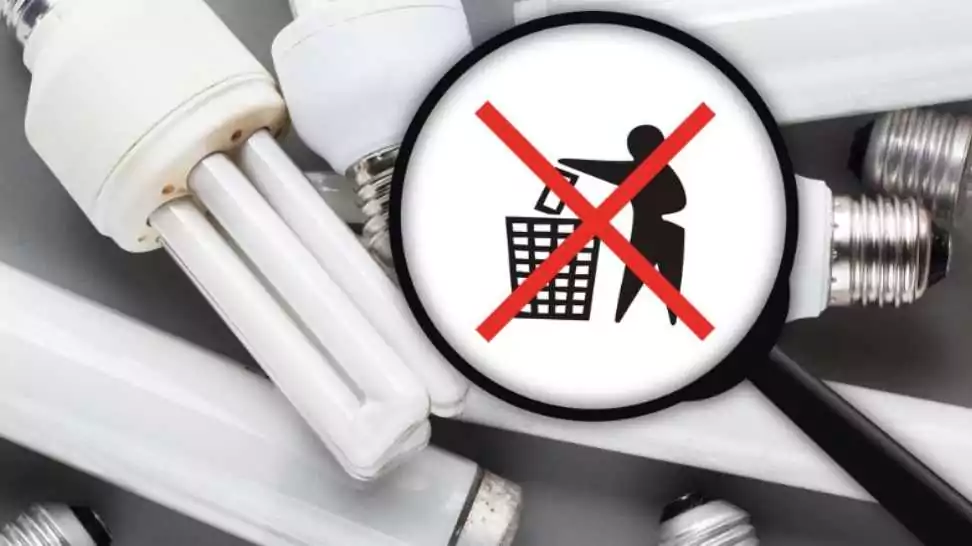
- LED Bulbs: Most smart bulbs are LED and contain no hazardous materials, making them safer to dispose of than CFL bulbs. However, recycling is still the best option for the environment.
- Recycling Centers: Look for local recycling centers that accept electronic waste or LED bulbs. Many retailers and municipalities offer recycling programs for electronics.
- Manufacturer Takeback Programs: Some manufacturers have takeback or recycling programs for their products. Check the manufacturer’s website for information on recycling your smart bulb.
- Proper Disposal: If recycling is not an option, ensure you dispose of the bulb according to your local waste management guidelines. Never throw smart bulbs in with your regular trash if avoidable, as they contain components that can be recycled.
6 Wrapping Up
Smart light bulbs represent a significant leap forward in home lighting technology, offering a blend of convenience, efficiency, and customization that traditional bulbs simply can’t match. By installing smart bulbs, you not only gain the ability to control your home’s lighting from anywhere but also enjoy substantial energy savings thanks to their LED technology. The flexibility to adjust brightness, color temperature, and even color allows you to create the perfect ambiance for any occasion or time of day.
Beyond the practical benefits, smart bulbs open up a world of possibilities for creative home automation. Whether it’s setting up wake-up routines that gently bring you out of sleep, creating dynamic lighting scenes for entertainment, or enhancing home security through scheduled lighting patterns, these bulbs put the power of personalization in your hands.
Community Q&A
About This Article
This article has been viewed 151 times.




very informative articles or reviews at this time.